As the old saying goes: “Speed costs – how fast do you want to go?”
The slot car racing world has been transformed in the past 20 years, thanks mostly to Italian companies Slot.it and NSR. If you are thinking of giving club racing a try, you’ll almost certainly find these two brands are a fixture at your local slot car club. And it’s not just their cars – spares, tyres and accessories produced by NSR and Slot.it dominate the tune-up market.
Whether you’re tempted by a bit of club racing or want to try something extra-special at home, I’ll be having a closer look at these performance brands over the summer here on the Jadlam blog. The cars are much more pricey than Scalextric, don’t always have the same level of detail and are fairly limited in the range of models available… but they are designed and built for a different market – the slot car fan who demands performance above all else.
You can find NSR, Slot.it and Policar models and spares in the Slot Car Shop on the Jadlam website: https://www.jadlamracingmodels.com/scalextric-slot
What’s available?
NSR are undisputed top-dogs when it comes to their modern ‘anglewinder’ GT cars (eg Corvette C7R above, available here: https://www.jadlamracingmodels.com/nsr-corvette-c7r-whelen-adac-2016-no-31-aw-king-21-evo3-nsr0179aw-1-32-scale/). They’ve also been battling with Slot.it on tracks around the world to grab Classic Sports Car honours. Slot.it have built up a fabulous 1980s Group C grid over the past 20 years and – more recently – an exciting 1990s DTM and Japanese touring car range. Both of those make great single-make club racing classes.
Slot.it’s stablemate Policar are the go-to brand for the best-performing Classic 1970s F1 cars and have recently added a modern generic F1 ‘ Monoposto’ model. Not to be outdone, NSR introduced a very rapid ‘Formula 86/89’ car, harking back to the late 80s and early 90s heyday of Grand Prix racing.
Apart from a couple of older NSR hatchbacks and rally versions – plus the Slot.it Le Mans Prototypes and a couple of new Slot.it modern GT cars – these are the ranges offered. Performance manufacturers focus on the quality of their components, not so much on the quantity of different models available. Having said that, there are still plenty of cars and a lot of liveries to choose from.
What makes a performance slot car?
In the UK, we’re all very familiar with Scalextric cars – we know what to expect in terms of a wide range of detailed scale models, plus perfectly adequate performance on Scalextric track. The layout of the cars hasn’t changed much over the past 20-30 years and the mechanical components – motor, axles, gears and bearings – have remained identical. Scalextric cars typically need tweaking and tuning to run at top performance – as we’ve seen in my Scalextric tuning blog posts (https://blog.jadlamracingmodels.com/tag/scalextric-tuning/). They need a lot of work if you remove the traction magnets, which is required for almost all club racing series.
Performance slot cars – by which I mean plastic cars, not the metal chassis and vac-formed body type – are a fairly recent development. When you look at a Slot.it or NSR car from the top, they don’t look too different from a Scalextric car – but it all becomes clear when you look underneath the body at the chassis layout…
A Scalextric chassis is a simple tray, into which the basic mechanical components clip in place. On a performance slot car, it is usually a two-piece assembly with the motor and rear axle fitted into a motor ‘pod’. This gives a very stiff connection between motor, gear and axle which overcomes power-transfer and handling issues common in a one-piece tray. The second component of a performance chassis is the chassis tray – which holds the guide, front axle and the body mounts.
Both NSR and Slot.it offer three different pods – In-line, Sidewinder and Anglewinder (see pictures above). These place the motor in three different orientations to the rear axle. They also require different types of gear on the axle. In club racing, it’s usual for the rules of each class to specify the motor orientation – Classic Sport is usually sidewinder-only, Group C and Classic Touring in-line. Modern GT and LMP classes are usually a free choice and the preference is for the high-torque long-can motors in an anglewinder pod.
Beyond the different layout and motor pod options, performance cars use higher-quality components – and offer a wide range of tune-up parts. With Slot.it and NSR, the car will usually work very nicely straight out of the box – and then there is a fairly logical progression of tune-ups and tweaks available. These include more powerful motors, grippier tyres, longer guides (for wood club tracks), different gear ratios (for more speed, better acceleration/braking etc), plus stronger and lighter components.
Do they look as good as they perform?
A perfect performance slot car has a low centre of gravity and is nice and wide across the rear axle – plus it should have an excellent power to weight ratio. NSR have a bit of a reputation for squashing and stretching their cars and keeping body details (and therefore weight) to a minimum. That might not be to everyone’s tastes, but it sure gives you a great racer! Most NSR cars are pleasing to my eye – certainly not perfect scale models, but they look like they mean business. The Mercedes AMG pictured above is a front runner in anglewinder GT racing and is available here: https://www.jadlamracingmodels.com/nsr-mercedes-amg-sebring-2017-no-33-aw-king-21k-evo3-1-32-0114aw/
The Policar and Slot.it models are certainly much closer to the Scalextric ethos of producing scale models with plenty of detail. The Policar 1970s F1 cars are as detailed as their Scalextric counterparts and – in my opinion – the Policar Lotus 72 is a more accurate model. They also have the far superior Policar motor and drivetrain, giving plenty of authentic rear-end drift and a car that’s fast and handles well without a traction magnet.
The Slot.it cars are rarely stretched or out of scale. The Lola B12/80 below (available here: https://www.jadlamracingmodels.com/slot-it-lola-12-80-no-27-american-le-mans-series-mid-ohio-2012-1-32-ca39d/) is very much a scale model, yet the performance is still there in bucket loads. The lightweight Slot.it body shells carry lots of pleasing detail – and many a Slot.it car has pride of place in a collector’s display cabinet as well as in a racer’s pit box. In many ways, a Policar or Slot.it model seems more familiar to a Scalextric fan than an NSR – and the cost is closer too. However, NSR fans would argue that their big price tag is worth it. Don’t forget Jadlam’s price match guarantee and free 48 hour tracked delivery.
How do you race them?
Both NSR and Slot.it cars are typically fitted with a traction magnet – but they are absolutely designed to be raced without extra downforce. A performance car with a magnet will be a supersonic missile on a home track – and the body may well get trashed when it crashes. Without a magnet, they will be a little slower, but utterly wonderful to drive – bringing a new dimension to your slot car racing experience. I strongly recommend ditching the magnet immediately – and driving them as intended.
NSR, Slot.it and Policar package their cars so they are ‘ready-to-run’ on Scalextric track. Even the tyre compound is suited to the Scalextric Sport surface. They can usually do with the bearings and gears being lightly oiled, plus some of the basic ‘out-of-the-box’ tweaks that I described for the Scalextric cars – including scuffing the rear tyres and loosening off the body screws (https://blog.jadlamracingmodels.com/2020/11/20/scalextric-tuning-2-tweaking-a-new-car/). Gently spreading the ends of the braids and lifting them slightly will help with connectivity on the Scalextric Sport rails.
Digital: Performance cars can be converted to Scalextric digital (including ARC Pro) and Carrera D132 systems with a suitable chip. They are not Digital Plug Ready (DPR) and can’t be easily converted with the C8515 Digital Plug, but the latest (2020 onwards) Slot.it cars are fitted with a connector between guide and motor that plugs into the latest version of their SISP15B Scalextric chip (here) and the new SISP43 Carrera D132 chip. The connectors are sold separately (part number SISP45 here) and can be soldered to older Slot.it and Policar models and to NSR cars. Alternatively, just solder the SISP15B or SISP43 in place of the motor wires. I would not recommend using the C7005 chip with performance cars.
Controllers: Although using standard Scalextric controllers is fine with ready-to-run performance cars, a controller upgrade – for example, the Slot.it SCP models – will enhance the experience and expand your enjoyment of the hobby enormously. Switching to an SCP controller is a bit like jumping into a 2021 F1 or Le Mans car – there are loads of switches and dials to understand and tweak… It can be a bit overwhelming to begin with! However, when you get to grips with your new controller, your driving will improve and lap times will drop.
The SCP2 with an oXigen cartridge (here) and the new SCP3 controller (here) can be used – with updated firmware – as a ‘pro’ upgrade for the Scalextric ARC Air and ARC Pro powerbases. With an additional analogue cartridge, either the SCP2 or SCP3 will double as a top-quality club controller. However, they should not be plugged into a standard Scalextric analogue powerbase as this is wired the opposite way round to a club track and risks damaging the controller.
Power upgrades: As you progress with performance cars, it is wise to upgrade the power to your track. ARC Pro will give you plenty of power, but ARC Air users should swap the standard power supply for the Scalextric P9300/C7024 unit (https://www.jadlamracingmodels.com/scalextric-hornby-digital-c7024-p9300-power-supply-for-r8213-c7042/). This provides sufficient current for the more powerful motors and is a ‘semi-official’ plug & play upgrade recommended by the Scalextric team. If you like your analogue ‘pure’ and controllers wired, consider building a UK club specification driver station. I’ve written a tutorial at SlotRacer Online here.
That’s it for this quick introduction to performance slot cars. If I’ve whetted your appetite, why not treat yourself? A first Slot.it or NSR is always a special purchase! I’ll be writing more over the summer – looking in more detail at the different brands, reviewing a couple of cars and also offering some snippets of advice to any of you preparing to try out slot car club racing.
You can find NSR, Slot.it and Policar models and spares in the Slot Car Shop on the Jadlam website: https://www.jadlamracingmodels.com/scalextric-slot and don’t forget Jadlam’s price match guarantee and free 48 hour tracked delivery.


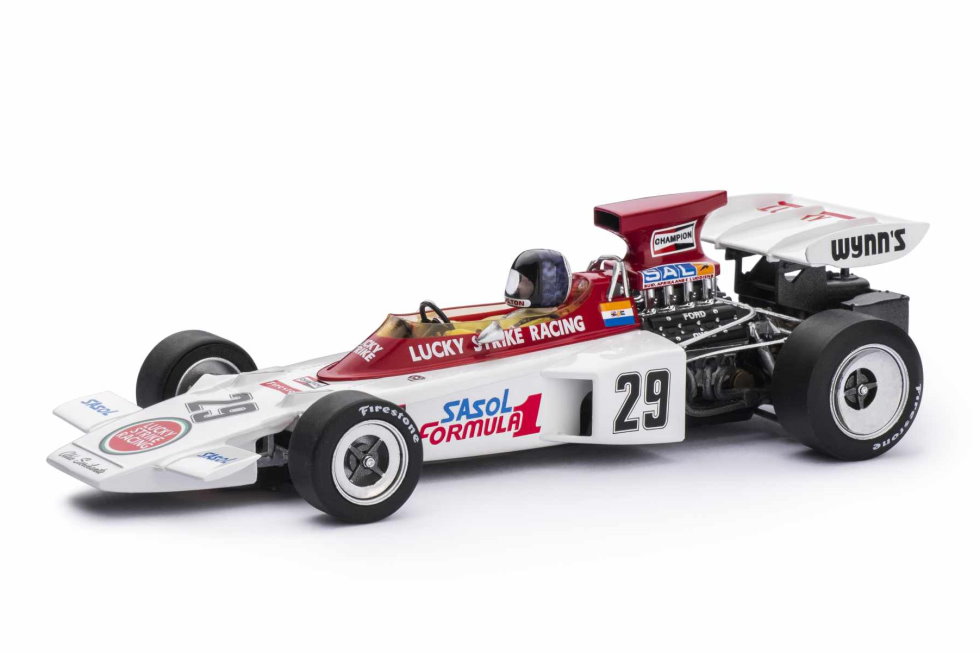

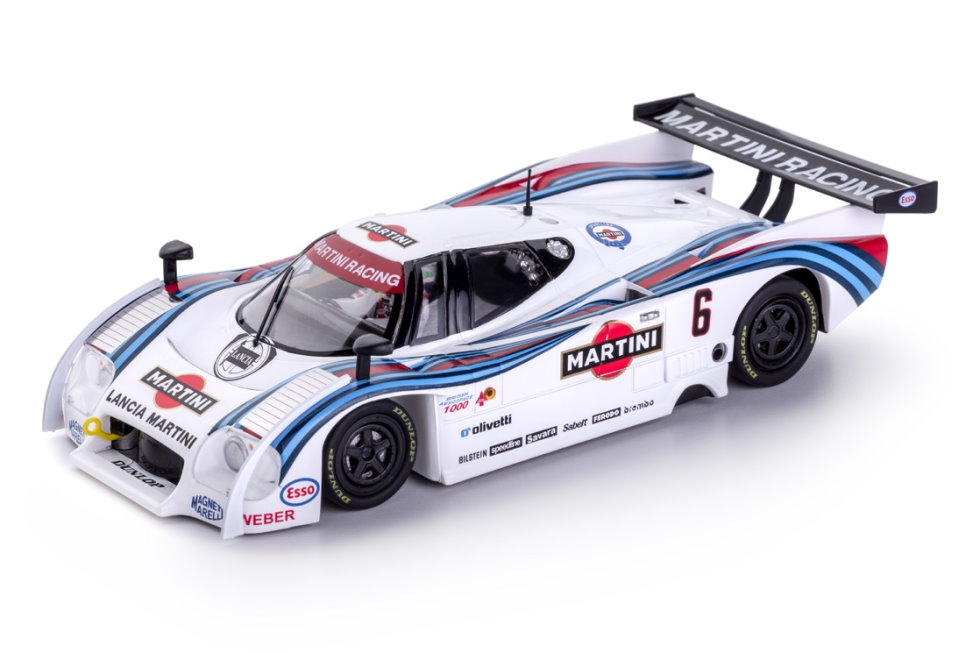
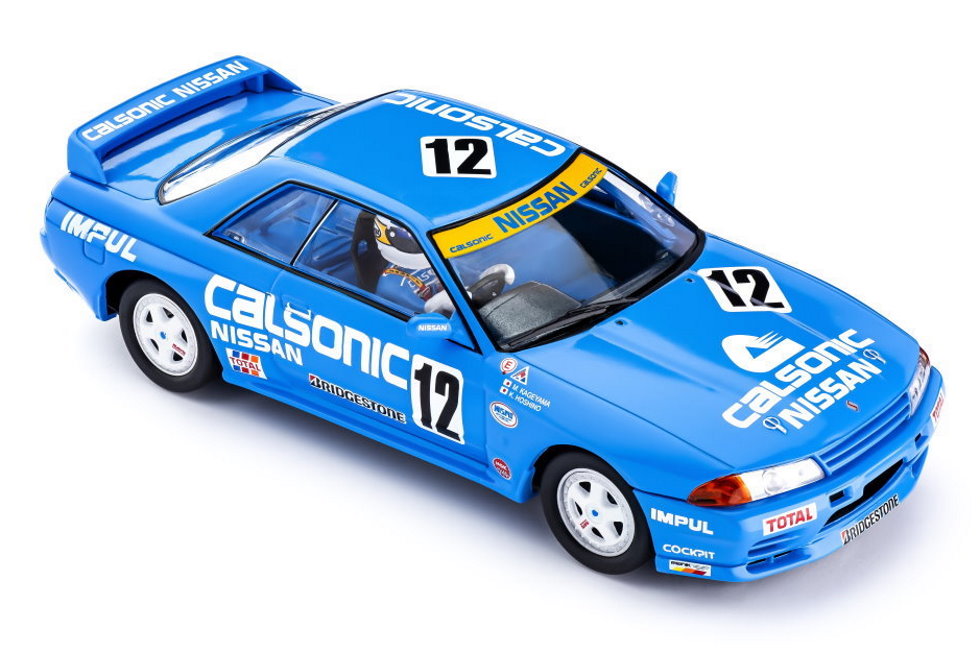
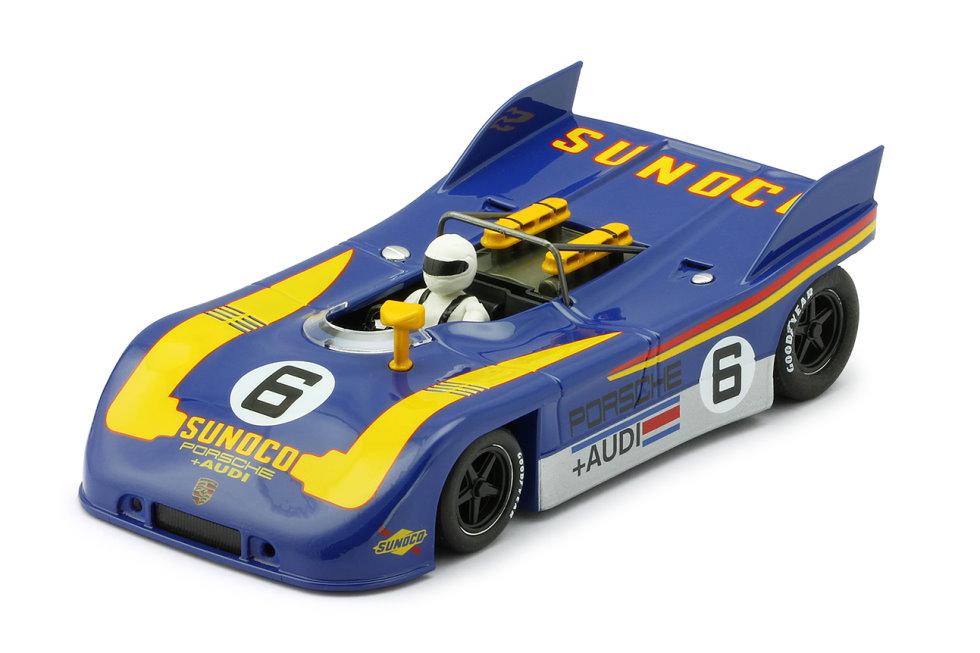
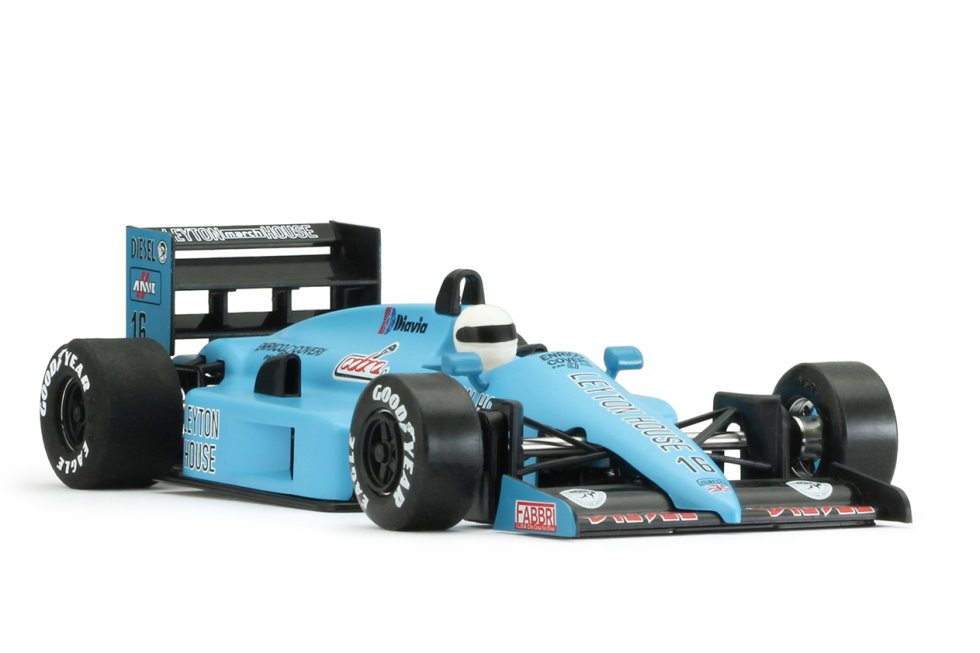
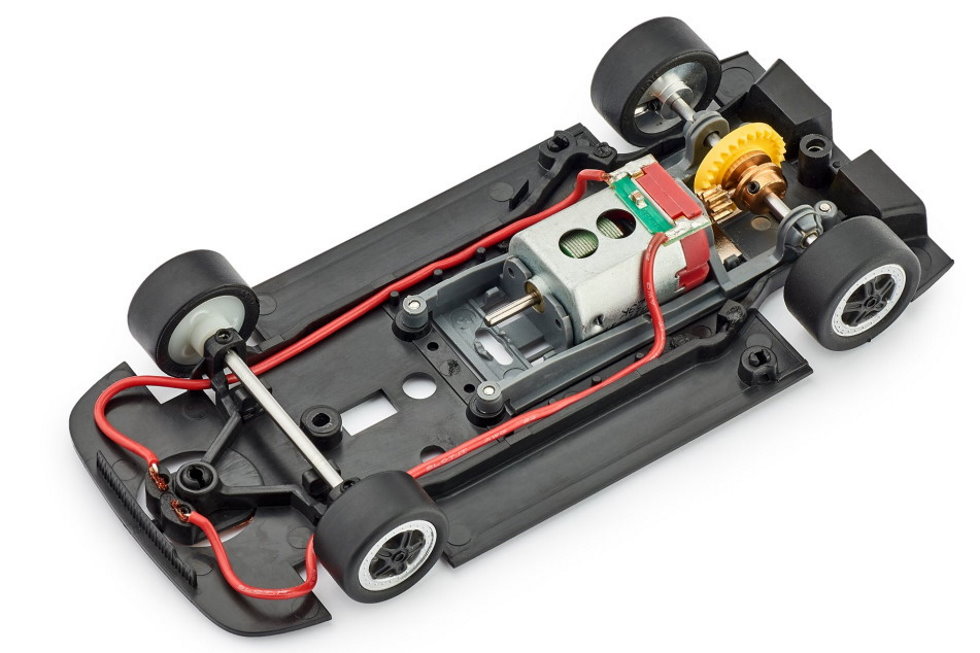
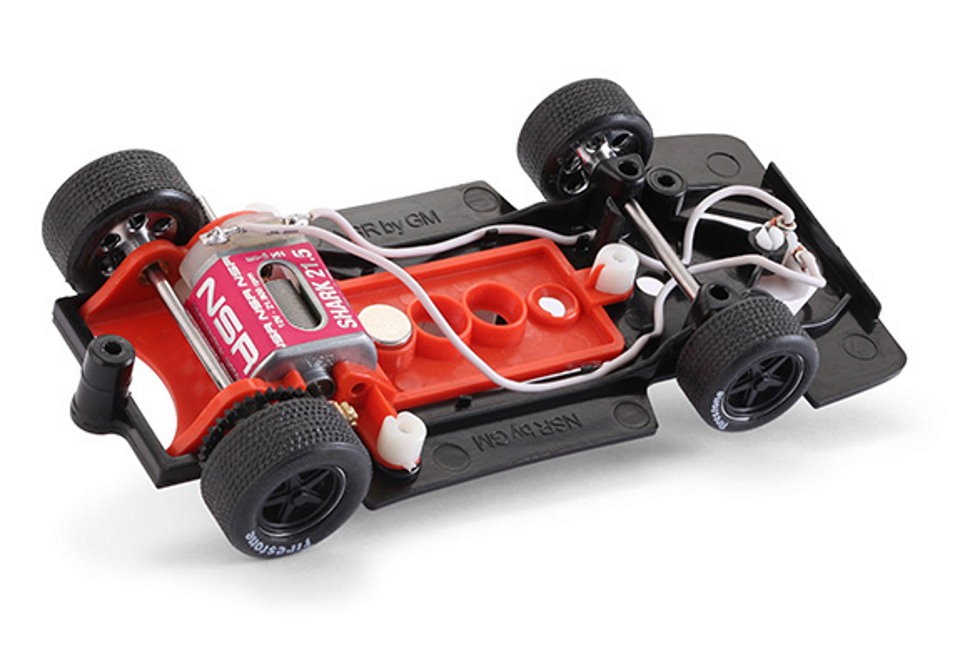
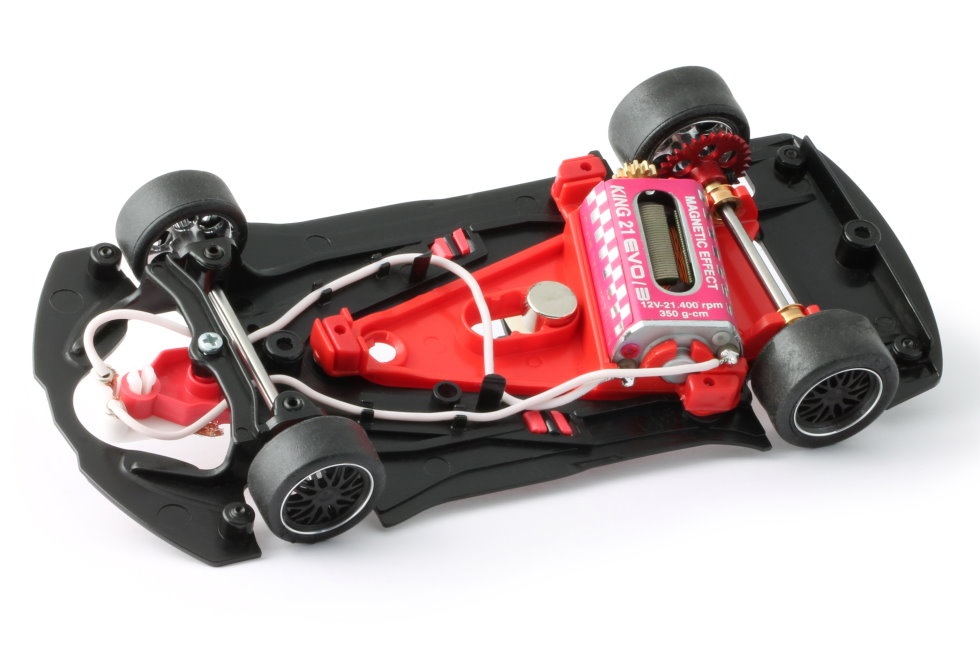
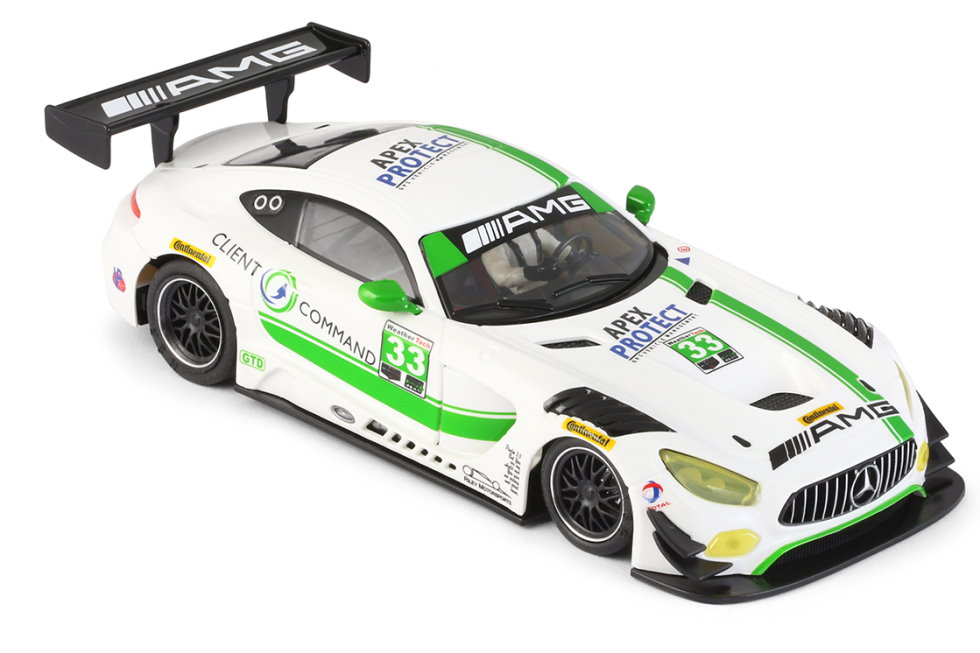

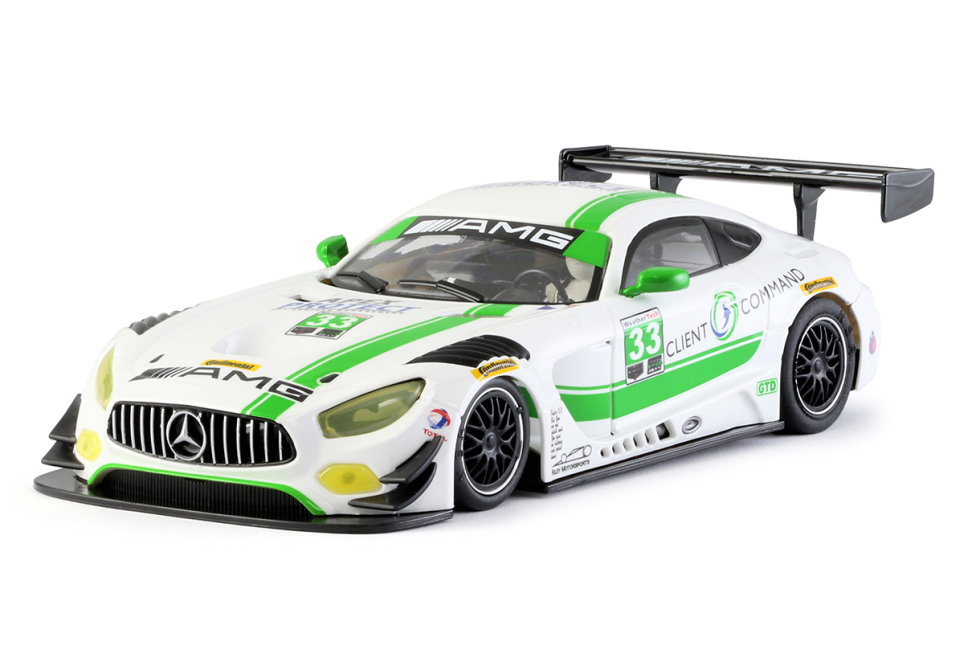
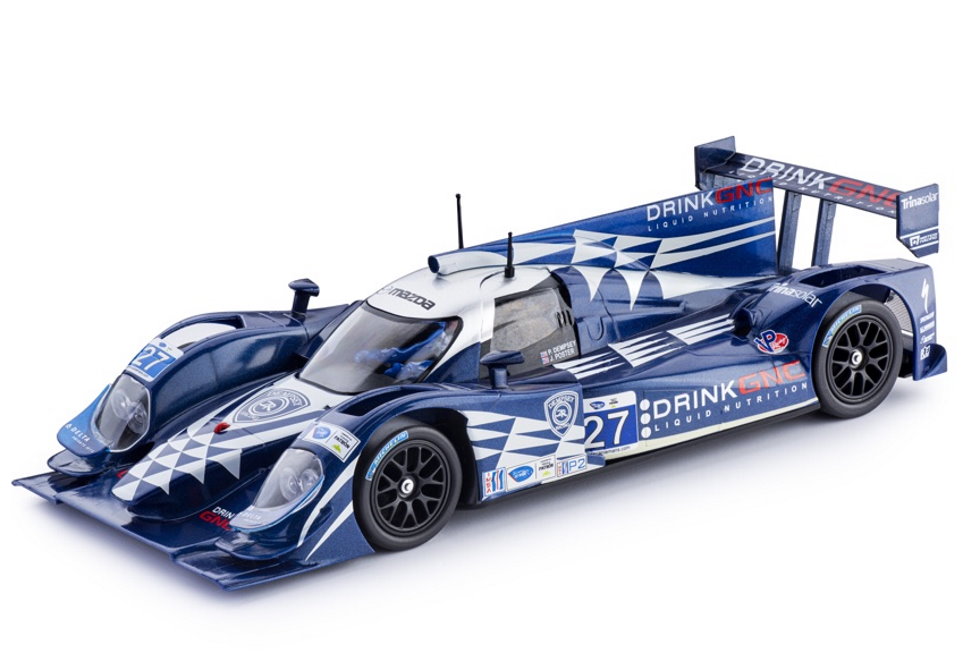
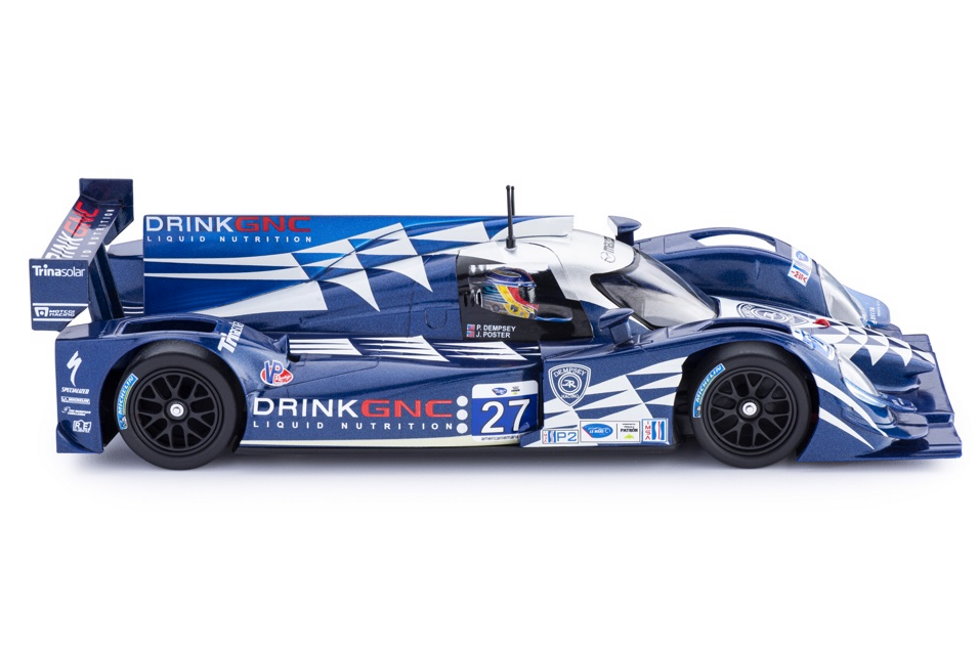

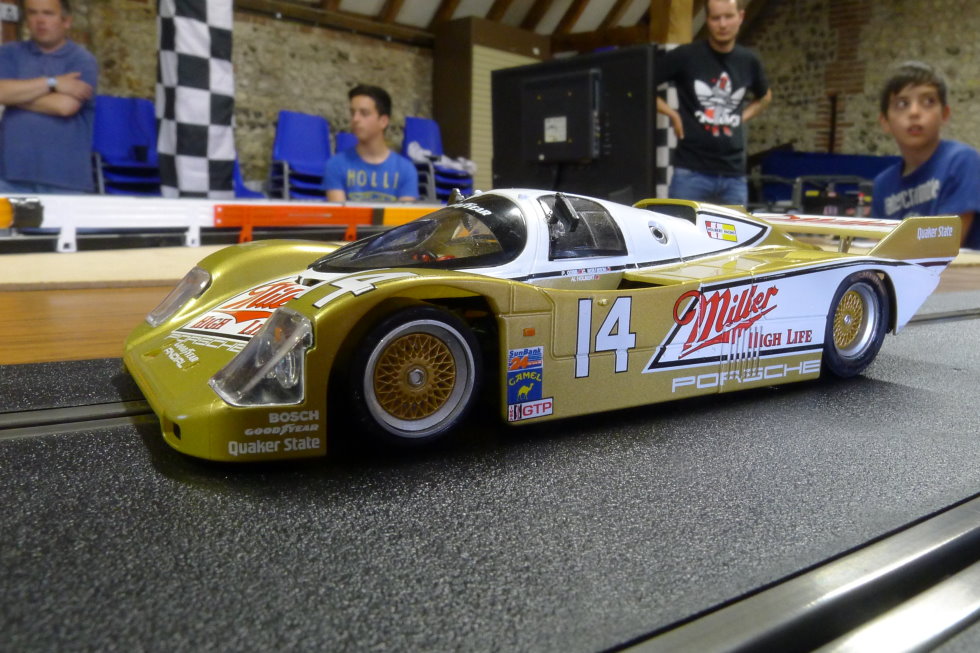
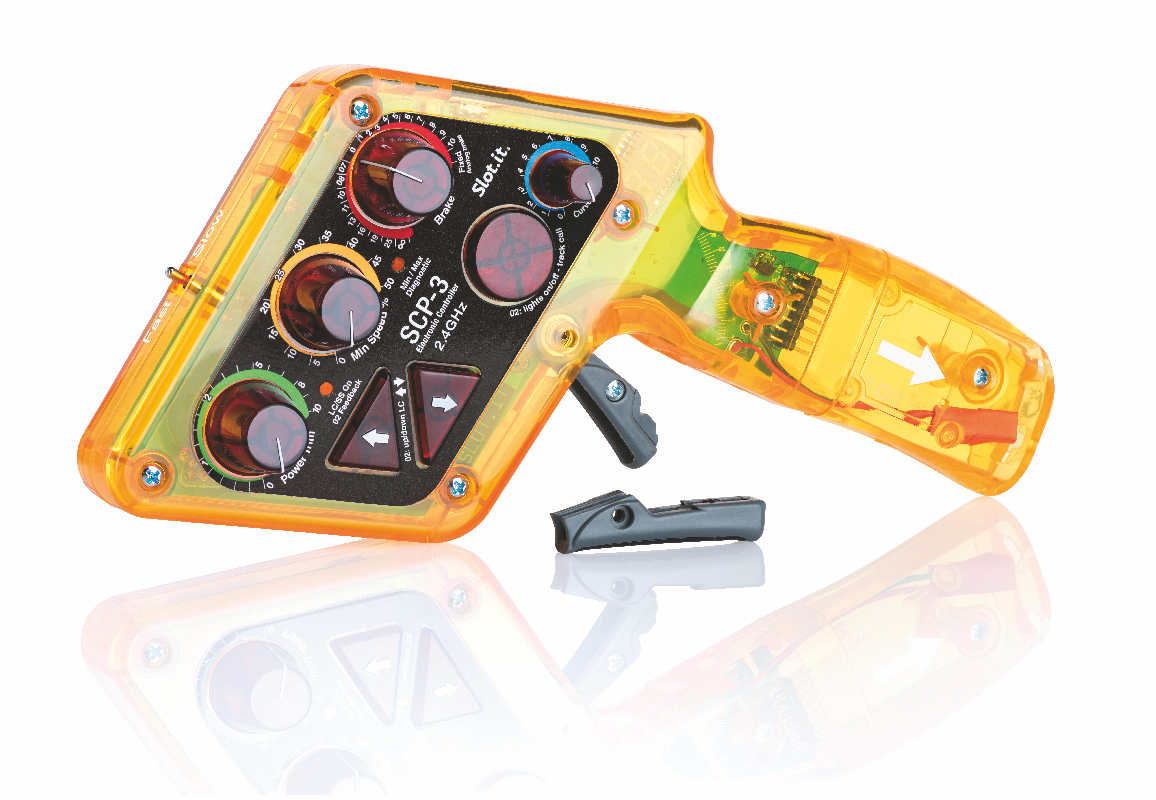
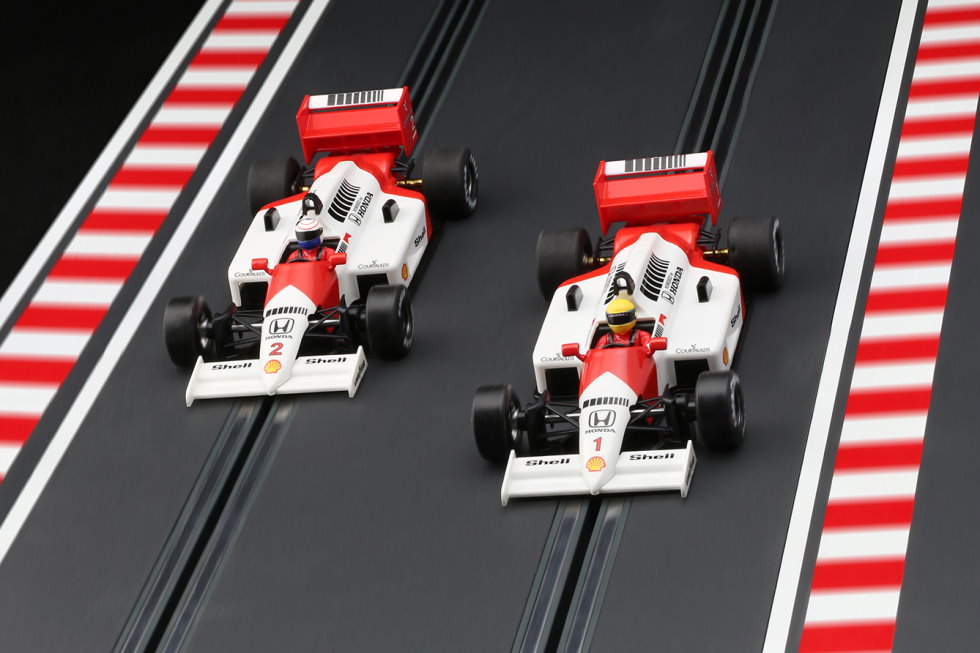
Hi Andy
I took the plunge and own the Slot it Nissan and Maseratti, however neither of these cars work perfectly with the Slot it/Hornby digital chip, the lap scoring does not work if the car travels at full speed over the lap sensor ! Slot it are aware of this. I have soldered in the 7005 chip into the Maseratti and this is better but again is not perfect and laps are missed ! My Scalextric cars work fine. Slot it digital chips need development as they are to far behind the guide and do not protrude far enough below the chassis.
Any suggestions welcomed but in my opinion these cars are not really suitable for Scalextric Digital racing.
Ps the cars also go full power everytime they cross a lane changer.